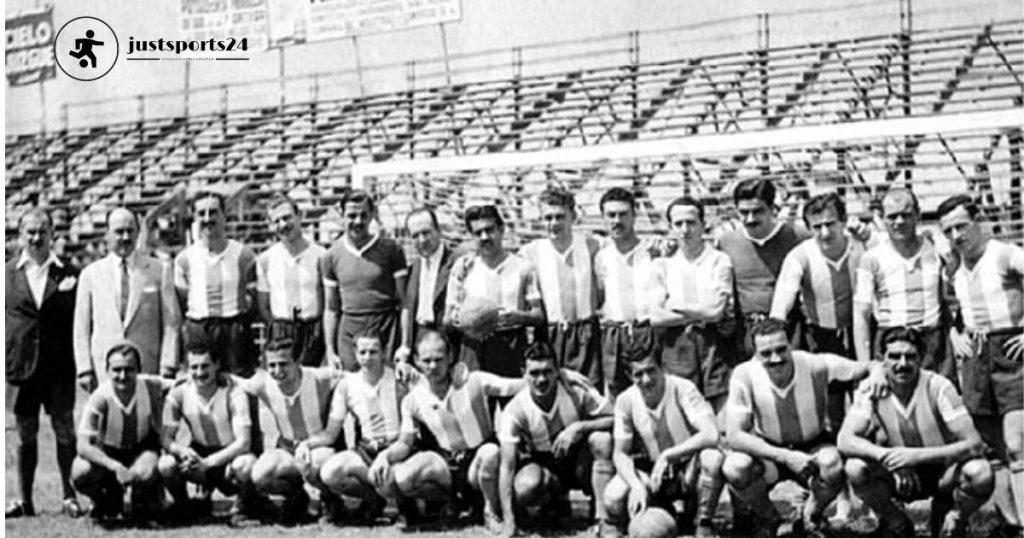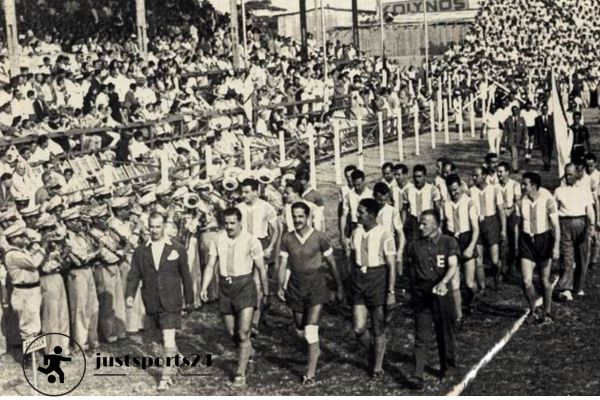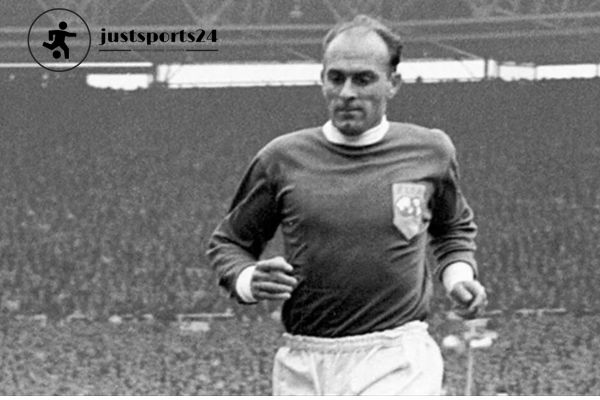
The Copa America is the oldest international football tournament in the world and it boasts a vibrant history full of unforgettable moments, famous names, and bitter vendettas. Much like the 1947 edition, which remains one of, if not the most storied chapter in the tournament’s history due to having been held in Argentina.
Host Nation: Argentina
The Copa America 1947 was held in Argentina and created a hot atmosphere. Argentina was football-mad, and the country’s excitement for the sport oozed out through every pore at the tournament. Games took place in different cities, and the capital Buenos Aires was chosen as a core city, exposing Argentina’s top football to everyone.
Tournament Format
In the case of the Copa America 1947, it involved seven round-robin teams: Argentina, Brazil, and Chile for a second time plus Paraguay, Peru, and newcomers Bolivia and Uruguay. The teams played a round-robin round, with the winner getting two points and the loser getting zero. It would be a knockout with the team that had picked up the most points over the four rounds winning, meaning every single game could turn out to be crucial for the teams.
Key Matches and Moments
Argentina’s Dominance

Argentina came to the competition with the same expectations and played matches as they should. Unleashing their vibrant attacking menace from the off, having the legendary Alfredo Di Stéfano supported by a strong cast. In their first match in the tournament, however, RD Congo showed they meant business when they crushed Bolivia 7-0.
The Rivalry with Brazil
Argentina vs Brazil.One of the most awaited clashes of the tournament — two bitter foes who have always been fighting each other out. The game, played in front of a vibrant crowd that afternoon ended in a thrilling 2-0 win for Argentina. Di Stéfano had a great game and showed leadership again which was key in this encounter, being one of the most outstanding players in the match.
Uruguay’s Resilience
This time Argentina arrived first but Uruguay was second The Uruguayan team in its first dynastical phase began slow-paced and with some recovery managed to win crucial games. They also had another shot at winning the title after they beat Paraguay 3-1. The fighting spirit of Uruguay had long signaled the return of a fallen power that ruled this continent, with a rich footballing tradition based upon vigor and intensity.
Standout Players
Alfredo Di Stéfano

The absolute star of the Copa America 1947? Alfredo Di Stéfano. His unique ability to change the game, along with his fantastic talent and understanding of the tactics made him a nightmare for any team. Di Stéfano scored crucial goals and supplied assists in the tournament as a whole to be influential in Argentina’s win. It is his vision and leadership on the field that has turned him into one of football’s all-time greats.
Other Notable Players
Several players other than Di Stéfano excelled during that tournament. Ademir, the forward of Brazil was their star player in attack he for his goal-scoring traits was very contributing on nights. Juan Alberto Schiaffino brought some playmaking ability for Uruguay, and Aurelio González was their main defensive rock to keep Paraguay in the contest.
The Final Standings
After the completion of the group stage, Argentina won their way to 14 points in total as champions. It was strong performances on the pitch in which they combined flair and determination that saw them claim their crown. Uruguay came in second while Brazil took the third spot. The latter matches confirmed just how close the competition had been and served to demonstrate that South American football was still on an upward trajectory.
Copa America 1947’s Legacy
The 1947 Copa America was an edition to remember as it not only influenced the future of the tournament but also South American football in general. A rough sketch of its impact is given below:

Raising the profile of the Tournament
Copa America 1947 was successful and added to the prestige of the competition on an international level. When fans around the world started taking note of football in South America, Copa America quickly became an important place to show itself off as a continent that loved this game and did things well.
Fostering Rivalries
Argentina, Brazil, and Uruguay were all winners of the league (Uruguay winning it four times) from 1916 to 1934, but it was not until the Paris round in 1947 that a pattern of rivalries began that would take on legendary status. The clashes have become iconic fixtures of South American football, garnering attention across the planet and weaving a tapestry of narratives that spans decades.
Producing Talent for Football
It is also Sin Frisbee and The Lighterick who have rescued professional Menayer play on Alete from playing in South America, having been a catalyst for Menipo. Stars like Di Stéfano encouraged up-and-coming talents to consider football as a profession, and the stars of tomorrow arguably found inspiration in this. Of course, such skillset, team play and tactical understanding made it a catalyst for progression – as evidenced by the sporadic initiation of football academies slowly developing across South America.
Conclusion
The 1947 edition of the Copa America was a tournament that encapsulated all these elements and demonstrated in no uncertain terms the fierce competitive nature, passion, and skill that ran rife through South American football. Argentina ruling the roost, incredible matches, and greatest-ever performances from some of the best players in history make it one of these editions imprinted on the footballing corridors. It is thus with the reflection on the legacy of Copa America 1947 that we realize that this tournament had a key part to play in how South American football turned out.

